University of Minnesota-Twin Cities
Minneapolis, Minnesota
#103 National Colleges
56.74%
Admission Rate
Somewhat Selective
31,367 Undergraduates Enrolled
- Public
- Doctoral Universities: Very High Research Activity
- Four-year, full-time, more selective, higher transfer-in
- Four-year, large, primarily nonresidential
- Asian American Native American Pacific Islander-Serving Institution

By AlexiusHoratius - Own work, CC BY-SA 3.0, https://commons.wikimedia.org/w/index.php?curid=9772671
The University of Minnesota, Twin Cities (the U of M or Minnesota) is a public land-grant research university in the Twin Cities of Minneapolis and Saint Paul, Minnesota. The Twin Cities campus comprises locations in Minneapolis and Falcon Heights, a suburb of St. Paul, approximately 3 miles (4.8 km) apart. The Twin Cities campus is the oldest and largest in the University of Minnesota system and has the ninth-largest main campus student body in the United States, with 51,327 students in 2019–20. It is the flagship institution of the University of Minnesota System, and is organized into 19 colleges, schools, and other major academic units.
The Minnesota Territorial Legislature drafted a charter for the U of M as a territorial university in 1851, seven years before Minnesota became a state. Today, the university is classified among "R1: Doctoral Universities – Very high research activity". Minnesota is a member of the Association of American Universities and is ranked 17th in research activity, with $954 million in research and development expenditures in the fiscal year 2018. In 2001, the University of Minnesota was included in a list of Public Ivy universities, which includes publicly funded universities thought to provide a quality of education comparable to that of the Ivy League.
University of Minnesota faculty, alumni, and researchers have won 26 Nobel Prizes and three Pulitzer Prizes. Among its alumni, the university counts 25 Rhodes Scholars, seven Marshall Scholars, 20 Truman Scholars, and 127 Fulbright recipients. The university also has Guggenheim Fellowship, Carnegie Fellowship, and MacArthur Fellowship holders, as well as past and present graduates and faculty belonging to the American Academy of Arts and Sciences, National Academy of Sciences, National Academy of Medicine, and National Academy of Engineering. Notable University of Minnesota alumni include two vice presidents of the United States, Hubert Humphrey and Walter Mondale, and Bob Dylan, who received the 2016 Nobel Prize in Literature.
The Minnesota Golden Gophers compete in 21 intercollegiate sports in the NCAA Division I Big Ten Conference and have won 29 national championships. As of 2021, Minnesota's current and former students have won a total of 76 Olympic medals.
"University of Minnesota." Wikipedia, Wikimedia Foundation, 15 February 2022, https://en.wikipedia.org/wiki/University_of_Minnesota.
The Minnesota Territorial Legislature drafted a charter for the U of M as a territorial university in 1851, seven years before Minnesota became a state. Today, the university is classified among "R1: Doctoral Universities – Very high research activity". Minnesota is a member of the Association of American Universities and is ranked 17th in research activity, with $954 million in research and development expenditures in the fiscal year 2018. In 2001, the University of Minnesota was included in a list of Public Ivy universities, which includes publicly funded universities thought to provide a quality of education comparable to that of the Ivy League.
University of Minnesota faculty, alumni, and researchers have won 26 Nobel Prizes and three Pulitzer Prizes. Among its alumni, the university counts 25 Rhodes Scholars, seven Marshall Scholars, 20 Truman Scholars, and 127 Fulbright recipients. The university also has Guggenheim Fellowship, Carnegie Fellowship, and MacArthur Fellowship holders, as well as past and present graduates and faculty belonging to the American Academy of Arts and Sciences, National Academy of Sciences, National Academy of Medicine, and National Academy of Engineering. Notable University of Minnesota alumni include two vice presidents of the United States, Hubert Humphrey and Walter Mondale, and Bob Dylan, who received the 2016 Nobel Prize in Literature.
The Minnesota Golden Gophers compete in 21 intercollegiate sports in the NCAA Division I Big Ten Conference and have won 29 national championships. As of 2021, Minnesota's current and former students have won a total of 76 Olympic medals.
"University of Minnesota." Wikipedia, Wikimedia Foundation, 15 February 2022, https://en.wikipedia.org/wiki/University_of_Minnesota.
Location
City
Minneapolis, Minnesota
Locale
City: Large (population of 250,000 or more)
Region
Plains (IA, KS, MN, MO, NE, ND, SD)
Academics
Predominant Degree Awarded
Predominantly bachelor's-degree granting
Highest Degree Awarded
Graduate degree
Most Popular Fields
| Field | % Students |
|---|---|
| Business, Management, Marketing, And Related Support Services | 11.3% |
| Social Sciences | 10.9% |
| Biological And Biomedical Sciences | 10.8% |
| Engineering | 10.7% |
| Computer And Information Sciences And Support Services | 6.6% |
| Psychology | 6.6% |
| Education | 5.2% |
| English Language And Literature/Letters | 4.1% |
| Communication, Journalism, And Related Programs | 4.0% |
| Health Professions And Related Programs | 3.7% |
| Visual And Performing Arts | 3.6% |
| Mathematics And Statistics | 3.4% |
| Multi/Interdisciplinary Studies | 3.1% |
| Physical Sciences | 2.8% |
| Agriculture, Agriculture Operations, And Related Sciences | 2.6% |
| Natural Resources And Conservation | 2.2% |
| Foreign Languages, Literatures, And Linguistics | 2.1% |
| Architecture And Related Services | 1.4% |
| Family And Consumer Sciences/Human Sciences | 1.3% |
| Parks, Recreation, Leisure, And Fitness Studies | 1.3% |
| History | 1.2% |
| Area, Ethnic, Cultural, Gender, And Group Studies | 0.5% |
| Philosophy And Religious Studies | 0.4% |
| Personal And Culinary Services | 0.3% |
| Construction Trades | 0.0% |
| Liberal Arts And Sciences, General Studies And Humanities | 0.0% |
Cost
In State Tuition
$15,027.00
Out of State Tuition
$33,325.00
Percentage Students Receiving Aid
38.51%
Average Net Cost After Aid
$17,740.00
Admissions
SAT Scores
1337
Composite Average
| Percentile | 75% | 50% | 25% |
|---|---|---|---|
| Math | 770 | 715 | 660 |
| Verbal | 710 | 655 | 600 |
ACT Scores
29
Cumulative Average
| Percentile | 75% | 50% | 25% |
|---|---|---|---|
| Math | 30 | 28 | 25 |
| English | 33 | 29 | 24 |
 Top 25 Colleges
Top 25 Colleges